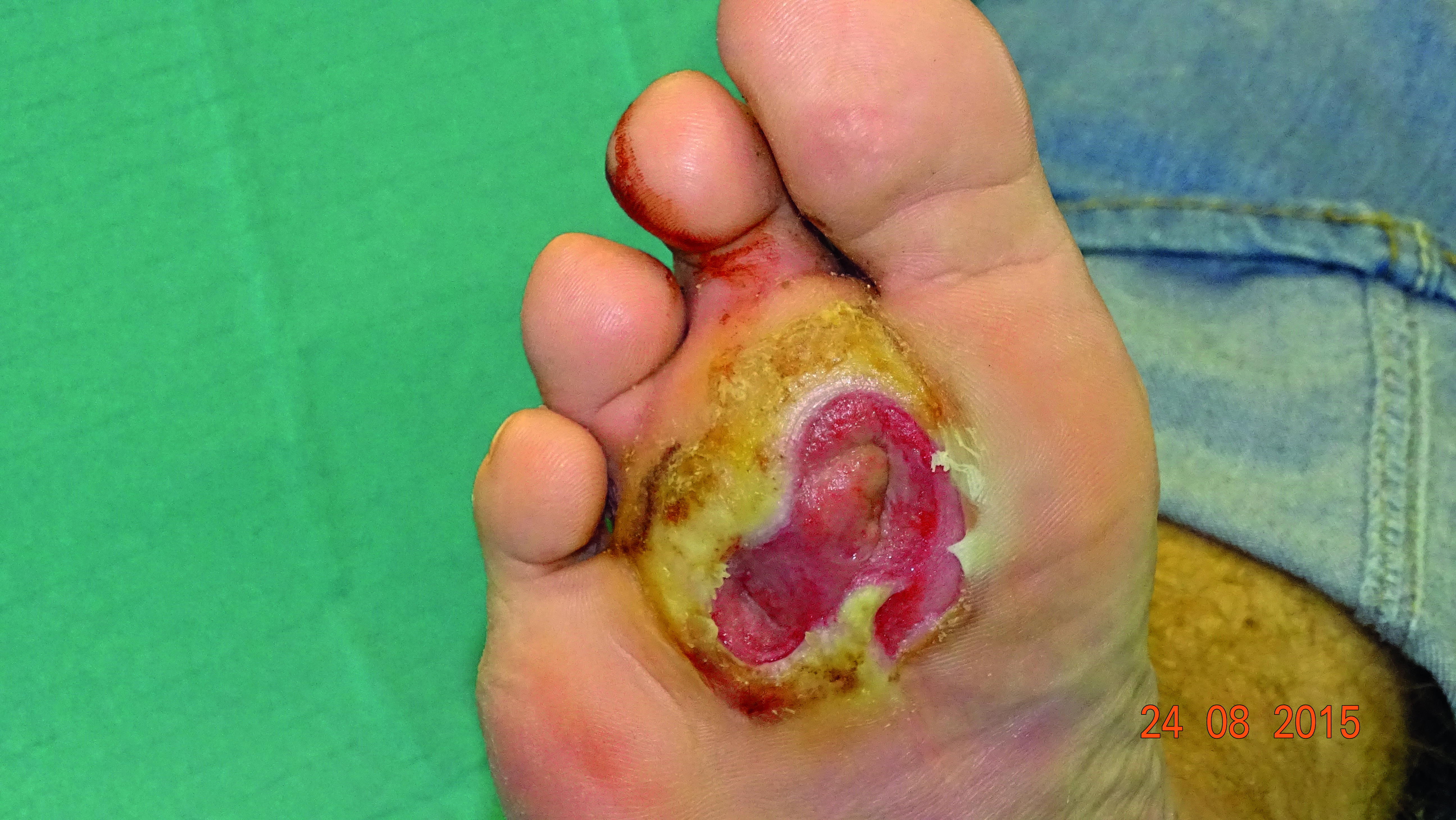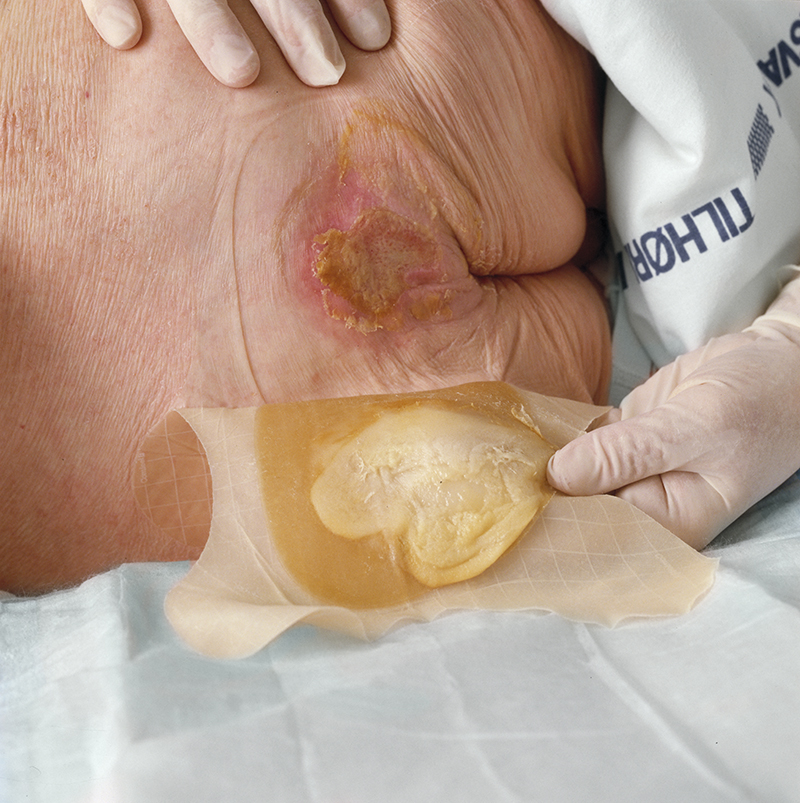Get full access with a free account
Benefits of the Coloplast® Professional Educational platform
- Get full access to all educational content, events and resources
- Track your progress
- Share content with your collegues
- Share supporting material with your patient
How wounds heal
In this section, you’ll learn about:
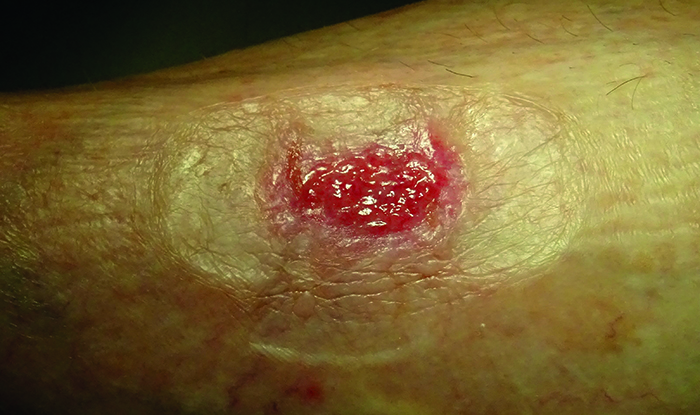
What is a wound?
Theskin is our body’s most accessible organ. As such, it’s very easy to damage or wound it.3 When you injure the skin, the body tissue loses its continuity. This can happen as the result of trauma, infection or some pathological process, such as inflammation.6
When the skin is injured or damaged, a wound is created. Once this happens, the body immediately begins to repair itself. It does this by re-establishing tissue integrity in order to restore the skin’s barrier function.4
How wounds heal
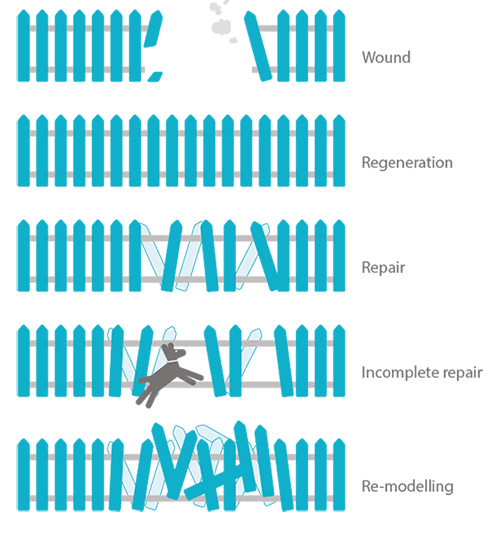
Tissue regeneration
Tissue regeneration is when the body replaces damaged tissue by replicating identical cells. This is the ideal healing method. The regenerated tissue has the same function as before, and the skin resembles its original appearance. Unfortunately, the body can only regenerate certain cell types, such as epithelial cells*.6
Tissue repair
Tissue repair is when the body repairs damaged or destroyed dermal or subcutaneous tissue. However, in this case, the repaired tissue loses its specialised function and original structure. This is a more complicated process, which causes scarring and changes the skin’s appearance.
Evidently, wound healing is a very sophisticated process that follows a set sequence of events.2 In the next section, we’ll take a look at the four stages of wound healing.
The four stages of wound healing
When an injury damages the blood vessels, the body’s first reaction is to stop the flow of blood, a process called ‘haemostasis’. The body activates platelets and releases growth factors. The release of these growth factors starts the healing process.6
Stage 2: the inflammatory response
The second stage is divided into an early and a late inflammatory response.7
- In the early inflammatory response, neutrophils (a type of white blood cell) are present for two to five days. Neutrophils play an important role in the healing process. They kill local bacteria, which helps to break down dead tissue. They also release active antimicrobial substances and proteases (an enzyme that catalyses proteolysis), which start debridement (i.e. the removal of damaged tissue).
- In the late inflammatory response, approximately three days after the injury, monocytes (another type of white blood cell) appear. Monocytes are important because they mature into macrophages, large cells that eat bacteria, dead neutrophils and damaged tissue. They also secrete growth factors, chemokines and cytokines. In this way, macrophages play an important role in wound healing and fighting off infection.
Did you know?
The amount of exudate, or wound fluid, increases during the inflammatory stage. This helps to cleanse the wound and provide a moist environment that maximises healing.11,12 However, if a wound starts producing too much exudate, this can slow down the healing process.12,13 To learn more about wound exudate and how to manage it, read this article.
Stage 3: proliferation
During this stage, macrophages produce a variety of substances that cause the body to produce new tissue and blood vessels – a process called angiogenesis. The new tissue then fills the wound bed.6 In the final stage of proliferation, the wound edges slowly start to contract and move closer together.
Stage 4: re-modelling
Re-modelling starts already in the proliferation stage and continues for an extended period of time. Collagen plays an important role in this stage of the healing process. Throughout this stage, the body simultaneously produces and breaks down collagen. It does this to maintain a balance between the need for tensile strength and the re-modelling of new tissue. This balance is what determines the scar tissue’s final quality and appearance.7
See how re-modelling and epithelialization work.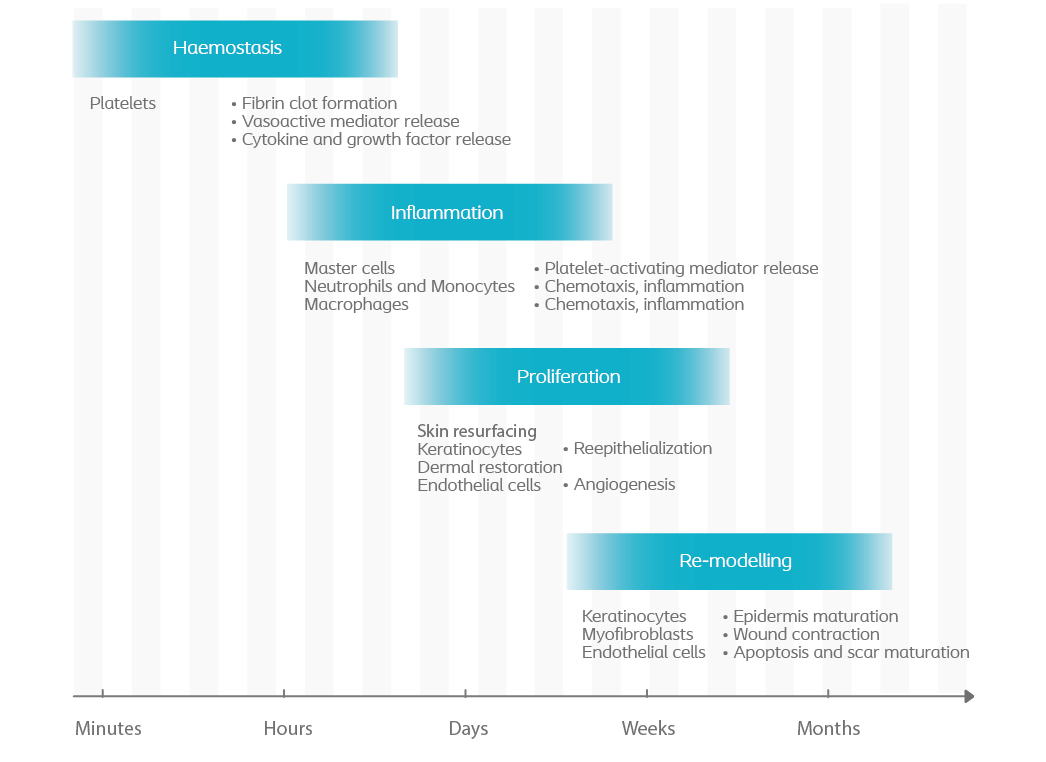
Image 1: The four stages of wound healing
How long does it take for a wound to heal?
Woundscan be divided into two categories: acute and chronic wounds. Acute wounds repair themselves quickly and with minimal complications. If a person is healthy, an acute wound should heal within three weeks. In such cases, re-modelling normally occurs within the next year or so.
However, if a wound gets stuck in one of the four healing stages, it might become hard-to-heal or chronic.14 Finding the right treatment for chronic wounds can be challenging. Research shows that finding the right dressing is a key part of effectively managing chronic wounds. You should choose the dressing based on an assessment of the wound and its fluid, or exudate.
If you’re working with a patient with a chronic wound, your goal should be to choose a dressing that helps create an optimal healing environment.
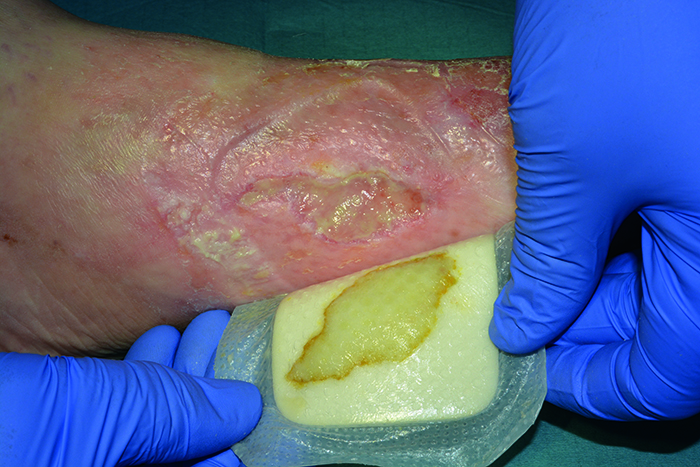
An effective dressing should:
- conform to the wound bed;
- have antimicrobial properties;
- absorb excess exudate from the wound bed;
- protect the wound edges and periwound skin;
- maintain a moist healing environment;
- be comfortable and cost-effective; and
- be easy for the patient to remove and care for.
References
- Greaves, N. D., Ashcroft, K. J., Baguneid, M., Bayat, A. (2013). Current understanding of molecular and cellular mechanisms in fibroplasia and angiogenesis during acute wound healing. Journal of Dermatological Science; 72: 206–217
- Sorg, H., Tilkorn, D. J., Hager, S., Hauser, J., Mirastschijski, U. (2017). Skin Wound Healing: An Update on the Current Knowledge and Concepts. European Surgical Research; 58: 81-84.
- Harper, D., Young, A., McNaught, C-E. (2014). The physiology of wound healing. Surgery; 32(9): 445-50.
- Flanagan, M. (2000). The physiology of wound healing. Journal of Wound Care. 9(6), 299-300.
- Oliveira Gonzalez, A. C., Costa, T. F., Araújo Andrade, Z., Medrado, A. R. A. P. (2016). Wound healing - A literature review. An Bras Dermatol. 91(5): 614-20.
- Martin, M. (2013). Chapter 3: Physiology of Wound Healing. In Flanagan M. (Editor), Wound Healing and Skin Integrity. Principles and Practice (pp. 33-51). West Sussex: John Wiley & Sons, Ltd
- Reinke, J. M., Sorg, H. (2012). Wound Repair and Regeneration. European Surgical Research. 49: 35–43.
- Diegelmann, R. F., Evans, M. C. (2004). Wound Healing: An Overview of acute, fibrotic and delayed healing. Frontiers in Bioscience. 9, 283-289
- European Wound Management Association (EWMA). (2004). Wound bed preparation in practice. London: MEP Ltd.
- Li, J., Chen, J., Kirsner R. (2007). Pathophysiology of acute wound healing. Clinical Dermatology. 25 (1) :9-18.
- Romanelli, M., Vowden, K., Weir, D. (2010). Exudate Management Made Easy. Wounds International. 1(2).
- Trengove, N., Stacey, M. C., Macauley, S., Bennett, N., Gibson, J., Burslem, F., Murphy, G., Schultz. G. (1999). Analysis of the acute and chronic wound environments: the role of proteases and their inhibitors. Wound Repair and Regeneration; 7: 442-452.
- Cutting, K. F. (2003). Wound exudate: composition and functions. British Journal in Community Nursing. 8(9):, 4-9.
- Orsted, H. L., Keast, D., Forest-Lalande, L., Françoise, M. (2011). Basic Principles of Wound Healing. Wound Care Canada. 9(2): 4-12.
- Dowsett et al. (2020). Closing the gap between the evidence and clinical practice – a consensus report on exudate management (11(3)) (def. exudate pooling)
- Snyder RJ Managing dead space: an overview. Podiatry Management. October 2005.
You may also be interested in…
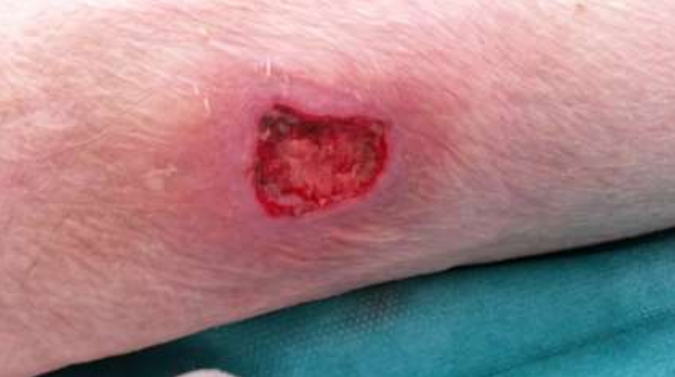
Patient case video
Watch how a traumatic wound was managed with a hydrocolloid dressing.
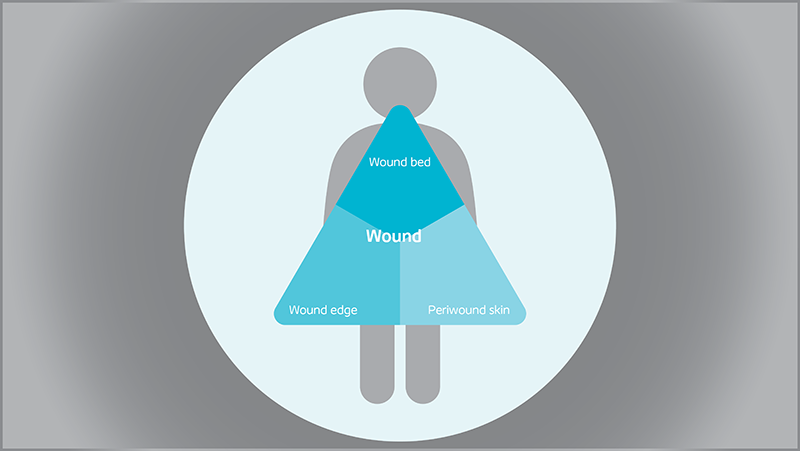
Triangle of Wound Assessment
Conduct a holistic and systematic wound assessment with our tool.

